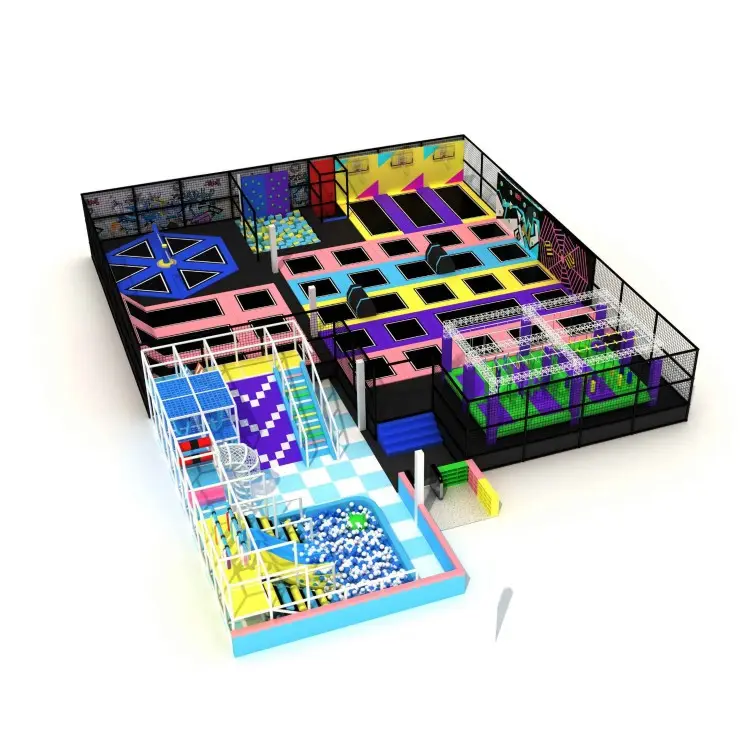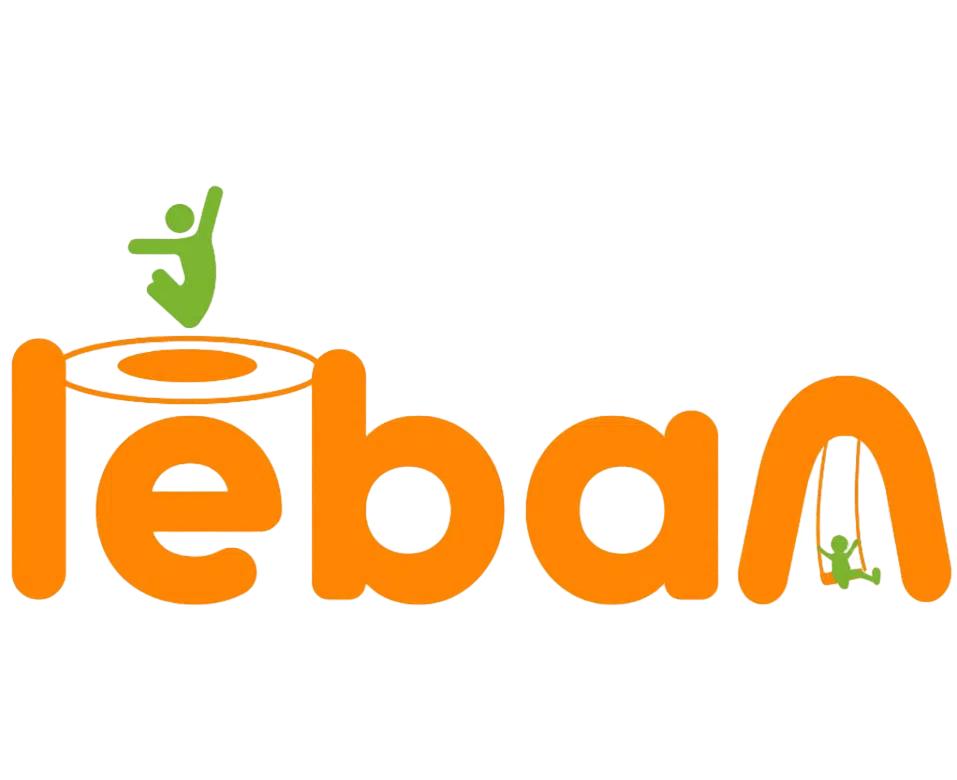Smart Planning for Compact Play Areas
Limited space doesn’t have to mean limited fun. Many businesses and institutions are now recognizing the value of designing compact entertainment areas using thoughtfully selected indoor amusement equipment. With the right approach, even the smallest venue can offer vibrant, safe, and highly engaging experiences for children. As the popularity of compact play zones rises, it becomes crucial to understand what kind of indoor amusement equipment delivers the best performance in small spaces without compromising safety, durability, or fun.
Selecting Equipment with Multi-Functional Features
Space-Efficient Modular Structures
Modular systems are an excellent choice for venues with restricted square footage. These systems allow for customized configurations, combining slides, climbing units, and tunnels in one compact vertical layout. By maximizing vertical space, these indoor amusement equipment setups provide a range of activities while keeping the overall footprint minimal.
Multi-Activity Play Stations
Play stations that incorporate multiple activities into a single unit—like climbing walls, sensory panels, and balance beams—help pack value into every square inch. This makes them perfect for preschools, cafés, or small community centers looking to install indoor amusement equipment that keeps kids entertained without overwhelming the room.
Prioritizing Vertical Play and Wall-Mounted Units
Vertical Climbing Panels
Vertical climbing structures take advantage of wall height rather than floor space. Wall-mounted climbing panels are designed with compact grips and padded bases, making them a smart inclusion in small indoor areas. They help develop physical skills without obstructing other equipment.
Interactive Wall Games
Digital and analog wall games engage children cognitively and physically while keeping the floor clear. From memory games with touch sensors to rotating puzzles and mazes, these wall-based indoor amusement equipment options enhance value in settings with limited room for bulky installations.

Using Foldable and Mobile Installations
Portable Soft Play Sets
Portable sets made from soft, lightweight foam are easy to set up and pack away when not in use. These are excellent for pop-up play areas or multipurpose rooms. Despite their compact nature, they still deliver creative and active play experiences.
Foldable Ball Pits and Mats
Foldable or inflatable ball pits, paired with soft play mats, are ideal for transforming a room temporarily into a play space. These indoor amusement equipment pieces are especially popular in daycare centers or fitness studios where space needs to be repurposed throughout the day.
Choosing Compact Interactive Technology
Digital Projector Games
Projection-based play systems use light and motion sensors to turn floors and walls into interactive playgrounds. These systems provide a high return on engagement while occupying virtually no physical space, making them some of the most efficient indoor amusement equipment options for tight areas.
Augmented Reality Panels
AR panels create immersive experiences that combine storytelling with motion. Mounted on walls or within small kiosks, these units are compact but offer deep engagement, especially for slightly older children. Their tech-forward design aligns well with modern interior layouts.
Incorporating Soft Zones for Toddlers
Mini Foam Climbers
Soft foam climbers built for toddlers are perfect for limited spaces. These structures typically include ramps, small slides, and crawl-through sections—all with soft padding. They are safe and easy to relocate, making them a practical option for small indoor playgrounds.
Sensory Activity Mats
Colorful mats embedded with tactile and auditory elements offer early developmental stimulation without taking up significant room. These mats can be rolled up and stored, providing flexibility and utility within toddler zones.
Using Ceiling-Mounted Equipment Creatively
Hanging Swings and Trapeze Elements
When floor space is limited, the ceiling becomes an underutilized asset. Hanging equipment like indoor swings or trapeze rings introduces dynamic movement and sensory stimulation without sacrificing space. These installations require reinforced mounts but can significantly diversify indoor amusement equipment offerings.
Overhead Light Games
Interactive ceiling-mounted light systems that react to movement add excitement and visual appeal. Children enjoy following illuminated paths or chasing lights that respond to their actions, turning the ceiling into an active play feature without cluttering the floor.
Optimizing Layout and Flow in Small Areas
Zoning and Traffic Control
Small indoor areas benefit greatly from defined zones. Separate spaces for active play, quiet activities, and adult seating reduce chaos and enhance safety. Logical traffic flow ensures that even when space is limited, the indoor amusement equipment can be enjoyed without overcrowding.
Using Clear Partitions and Mirrors
Transparent dividers help create the illusion of more space while keeping age groups or activity types separated. Similarly, wall mirrors reflect light and activity, making compact play areas appear larger and more open.
Choosing Durable and Low-Maintenance Materials
Scratch-Resistant Finishes
In small spaces, equipment is often used more intensively. Choosing surfaces that resist wear, scratching, and staining extends the life of the indoor amusement equipment. This is especially important for multi-user environments like daycare centers and waiting rooms.
Antimicrobial and Easy-to-Clean Surfaces
With frequent use in limited areas, hygiene becomes a top concern. Equipment made with antimicrobial coatings or easily sanitized surfaces ensures that play remains safe and compliant with health standards, especially in compact environments.
Customizing for Branding and Theming
Personalized Equipment Designs
Even in small areas, themed environments can make a big impression. Indoor amusement equipment that incorporates specific color schemes, mascots, or local culture enhances brand identity and makes the experience more memorable for families.
Compact Visual Storytelling
Murals, decals, and wall-mounted storytelling panels transform walls into interactive backdrops. These additions can support educational themes, local history, or fantasy worlds while enhancing the space visually without occupying floor space.
Emphasizing ROI and Business Flexibility
High-Engagement Low-Footprint Features
The most valuable indoor amusement equipment for small spaces delivers high levels of engagement per square foot. Think of features that appeal across a broad age range and support repeat visits, such as digital touch walls, cooperative games, or convertible activity zones.
Scalable Equipment Options
Start with essential units that can be expanded later. Modular systems and equipment with plug-in components offer the ability to grow over time. This approach minimizes upfront investment while leaving room for future upgrades.
FAQ
What types of indoor amusement equipment are best for very small rooms?
Modular vertical play units, wall-mounted panels, and interactive projection systems are ideal for rooms under 500 square feet.
How can I make a small indoor space feel more spacious?
Use mirrors, vertical installations, and transparent partitions to create visual openness. Clear zoning also helps reduce clutter.
Are there safe options for toddlers in compact environments?
Yes, foam climbers, soft mats, and sensory panels designed for toddlers are space-efficient and safe for developmental play.
Can interactive technology be used effectively in small venues?
Absolutely. Digital projector games and AR panels provide high engagement without occupying physical space, making them perfect for limited areas.
Table of Contents
- Smart Planning for Compact Play Areas
- Selecting Equipment with Multi-Functional Features
- Prioritizing Vertical Play and Wall-Mounted Units
- Using Foldable and Mobile Installations
- Choosing Compact Interactive Technology
- Incorporating Soft Zones for Toddlers
- Using Ceiling-Mounted Equipment Creatively
- Optimizing Layout and Flow in Small Areas
- Choosing Durable and Low-Maintenance Materials
- Customizing for Branding and Theming
- Emphasizing ROI and Business Flexibility
- FAQ

